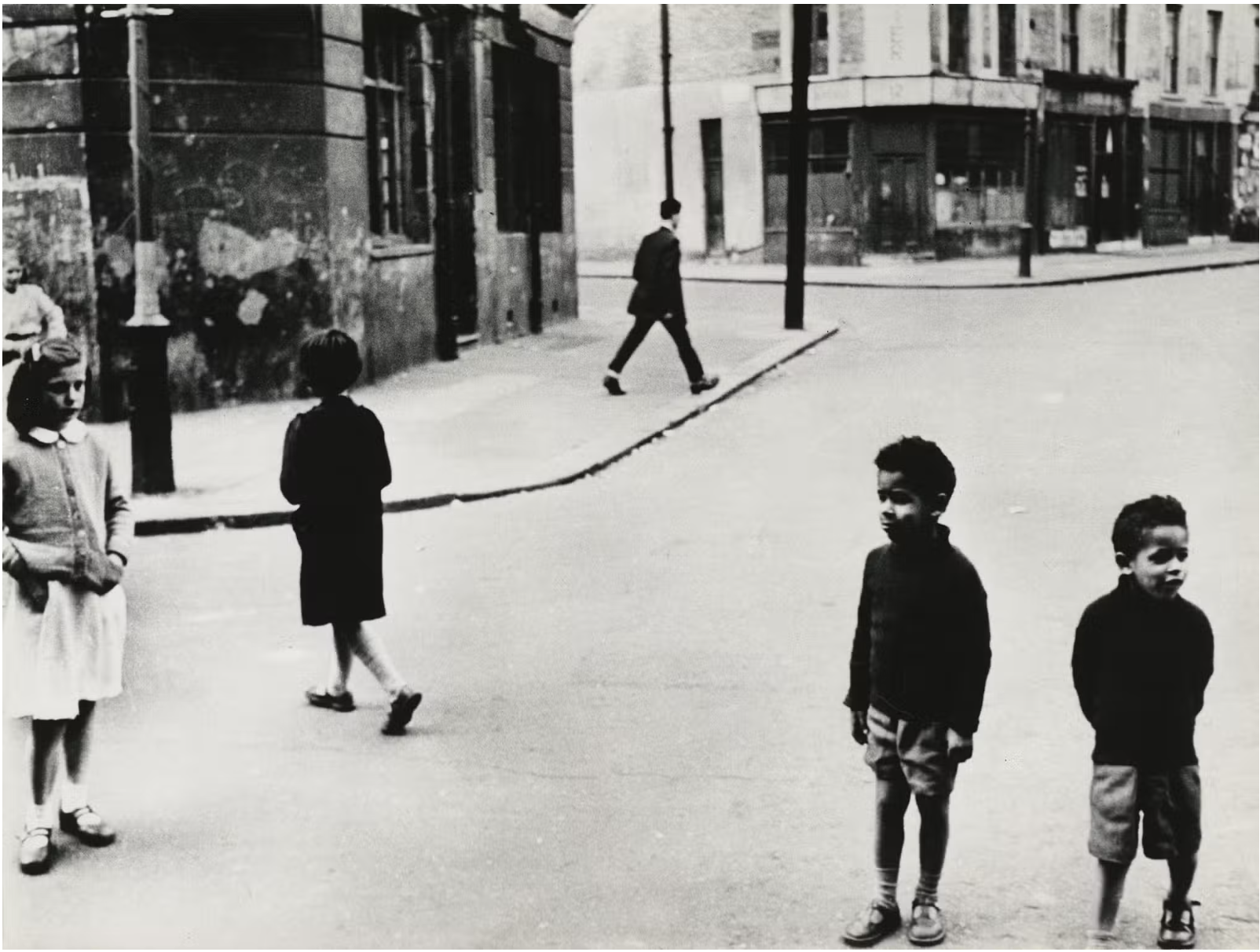Ghettoisation

Image: Roger Mayne ©
The Ghettoisation of the North Kensington Community
Historically, the term “ghetto” originated in 16th-century Venice, Italy, where Jewish residents were forced to live in a segregated district. Over time, the term has evolved to refer to any area where a specific group—whether defined by race, religion, or economic status—is concentrated and isolated, often as a result of systemic discrimination.
Ghettoisation, therefore, is the process of creating such areas, usually through deliberate neglect or policies that marginalise these communities. It involves not just geographical separation but also social, economic, and cultural isolation, where residents are denied the same opportunities and resources as those in more affluent or privileged areas.
In this context, North Kensington is facing ghettoisation through neglect by local authorities, substandard housing, economic marginalisation, rising crime, community division, and a lack of investment—despite being located in one of the wealthiest boroughs in the UK.
This phenomenon is far from new. Historically, particularly in urban areas, governments and local authorities have allowed certain communities—often poor, working-class, and ethnically diverse—to become isolated pockets of neglect.
In the UK, the term “ghetto” has often been associated with immigrant communities or the urban poor, who were pushed into cramped, poorly serviced areas while wealthier residents enjoyed better infrastructure and amenities.
One prime example in London is the East End, where successive waves of immigrants—from Huguenots to Jews and later Bangladeshis—were confined to areas with poor housing, limited job opportunities, and underfunded services. Though these areas often became vibrant cultural hubs, their residents still face long-term social and economic exclusion.
The ghettoisation of North Kensington mirrors many of these hallmarks, with the community left to suffer decades of government and local neglect, culminating in the tragic and inadequate response following the Grenfell Tower disaster.
The Grenfell fire exposed deep inequalities in how the Royal Borough of Kensington and Chelsea (RBKC), the Westway Trust, and other authorities treat local residents. Promises were made to regenerate the area, rehouse those displaced by the fire, and offer broader community support. However, both the data and lived experiences of the local community reveal a very different reality.
While the term “ghettoisation” may seem harsh, it accurately describes the systematic marginalisation happening in parts of North Kensington. This once vibrant and diverse community is being progressively isolated through poor housing, economic neglect, and a lack of investment in public services. Despite the wealth that surrounds it, North Kensington remains dotted with isolated pockets of deprivation, where its residents are trapped in a cycle of poverty and systemic neglect.
The Grenfell Tower fire was supposed to mark a turning point—a wake-up call for local authorities to finally address the deep-rooted inequalities that have long plagued the area. Instead, it exposed the profound disregard of those in power, many of whom lack any genuine connection to the community. Far from being rejuvenated, the neighbourhood is being pushed further into isolation, transforming into yet another marginalised, ghettoised area in the heart of one of the wealthiest cities in the world.
“Ghettoisation, therefore, is the process of creating such areas, usually through deliberate neglect or policies that marginalise these communities.”
